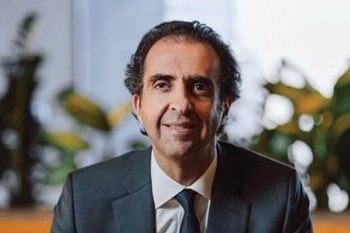How do you help your customers with their digital transformation journey?
From a global perspective, we have been digitally transforming businesses since the advent of software in some shape or form. In my opinion, digital transformation is not about standardisation anymore.
If you look at the ERP industry in the past 20 years, it was around standardizing processes such as finance, HR, CRM, etc. Nowadays, digitalisation is all about transforming how you compete, and it is more about how you differentiate versus competition. This is where IFS is unique in the ERP space because our focus is on helping our customers challenge the status quo and change the way they compete with others.
There are two dimensions to that, which enable digital transformation for our customers, and it is something we have done for the last 20 years. First is the functionality for specific verticals built into the platform, and second is the architectural direction we have taken. It is open, and we allow for the re-use of the services in our platform via APIs and microservices.
What does digitalisation really mean to you?
Digitalisation has become a buzzword but what most people really mean by it is ‘how do I transform my customer interface and what I bring to my customers through the use of digital technologies and the data that I have got in the background’.
How important is the back-end transformation?
It depends on what you mean by back-end; it can be anything that is not customer facing. If you look at IFS ERP systems, most of it is actually back-end, and a back-end needs to be open to anything else you want to build around it. The business needs and services of customers keep changing. So, as a company, you need to deploy a layered architecture that allows you to build something that is not forever, but it should be integrated into a stable back-end core, which is agile and flexible. That is how you help your customers to serve their customers and meet their changing needs faster.
Is ERP moving to the cloud?
ERP is moving to the cloud, and it is moving to wherever the customers want it. What we have seen is customers have very different views of where they want it and the cloud is a big name for a lot of different things. It can be a private cloud or public cloud, and both approaches have pros and cons. If you are considering a public, SaaS type of model, your processes cannot change very often, and there also issues related to data integrity. On the other hand, private clouds can’t scale and don’t offer the same cost benefits of a public cloud. What we offer our customers is a choice and deploy it wherever they want it.










Discussion about this post